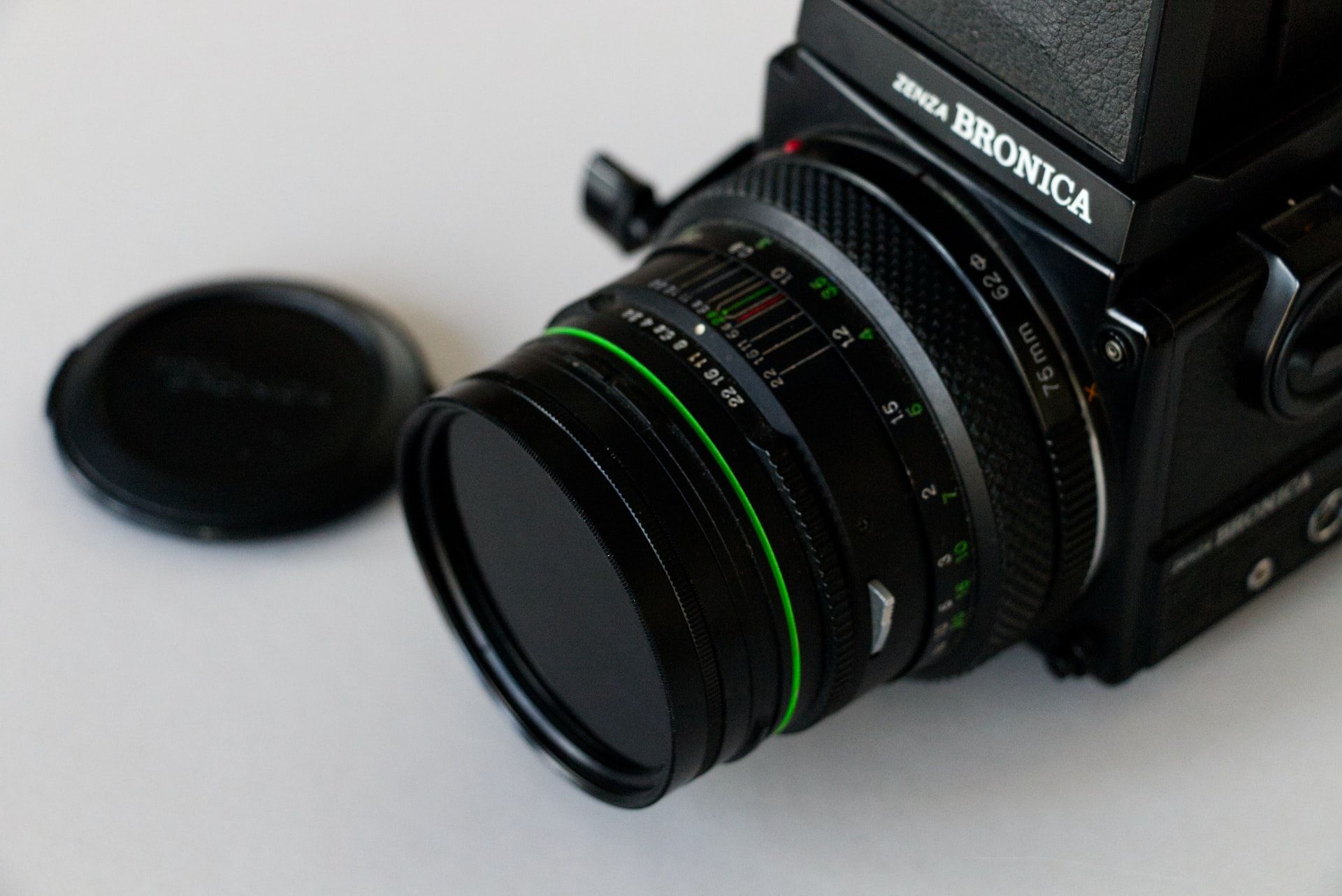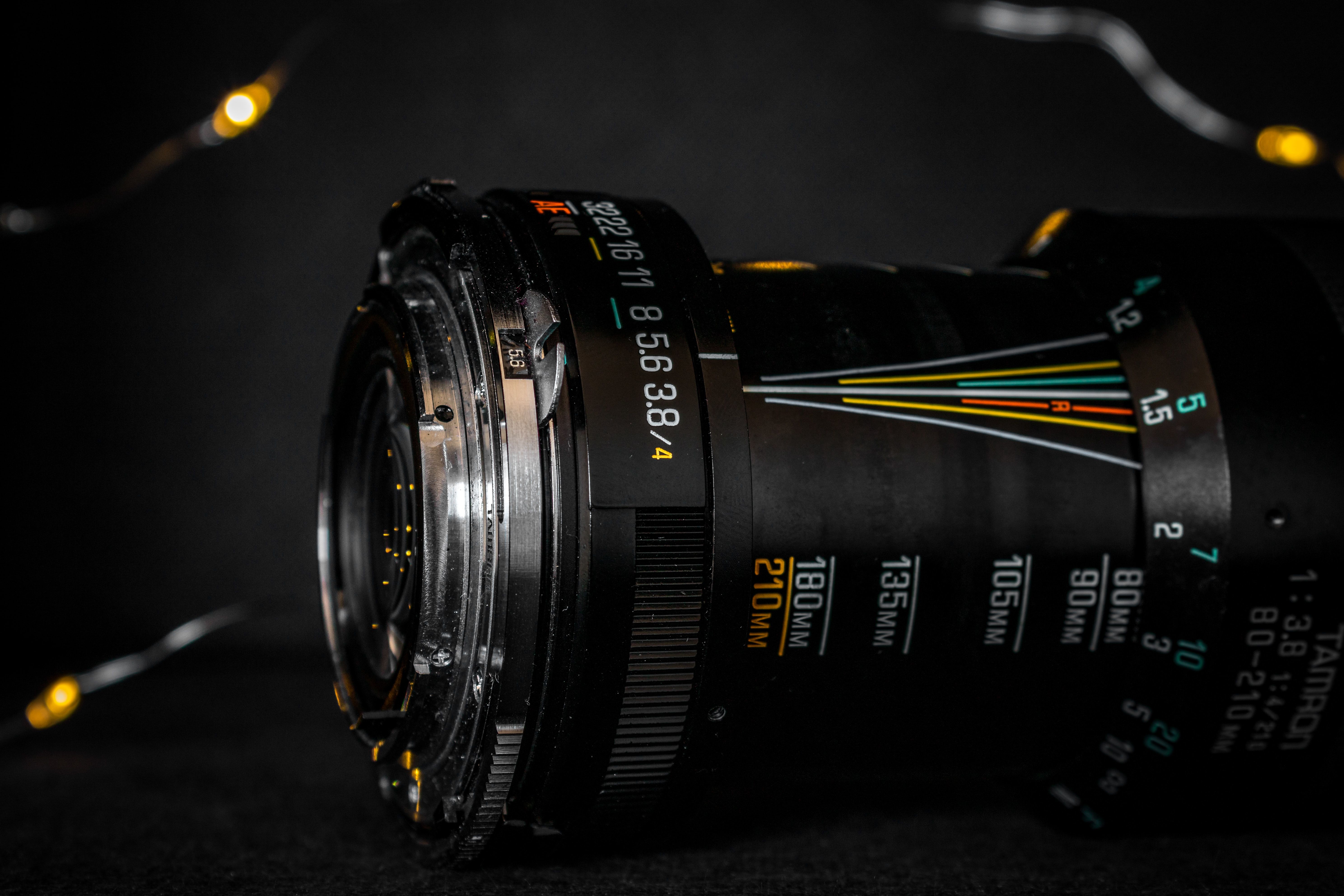One undeniable fact of life: movies are expensive to produce. If you're going through the time and effort to create something truly unforgettable, you probably want to be well-equipped enough to pull everything off without leaving anything to chance.
For the most astute photographers and cinematographers among us, precision is the name of the game. All camera lenses will give you some indication of how much light they need in order to shoot legibly; this indication comes in the form of something called an f-stop.
But have you ever heard of a t-stop? Let's go over the differences between each term.
What Does F-Stop Mean?
Most photographers are familiar with f-stops, also known as f-numbers. They're a unit of measurement that refers to each incremental step up or down in exposure when adjusting the aperture of a camera. Picture this value as an estimate of how much more or less light is reaching the sensor of the camera as you open the aperture up or close it down.
On the barrel of the lens, you'll see each f-stop that your lens offers. A wide aperture, something like an f/1.8 or f/1.4, is one that lets in a lot of light. A tight aperture may go as far as an f/22 or even an f/64, both of which let much less light in. The label numbers themselves don't always halve or double. The change in light does halve or double at each rung, however.
What Is F-Stop, Exactly?

F-stops describe the relationship between the focal length of the lens and the diameter of the entrance pupil. The entrance pupil should not be confused with the front of the lens or the surface of the outermost glass element. It's the hole where the blades of the aperture physically cut the incoming light.
When dealing with light, every millimeter of distance traveled counts. The same goes for the direction that it travels in and the angle of incidence that it realizes at its destination. F-stop is an incredibly useful and important value to know. Its computation, however, is too simple and straightforward to account for the minutia of reality, like the way that light interacts with the interior of the lens en route to the sensor.
Transmittance is another one of these minutiae. It describes the amount of the incoming light's energy that's absorbed into the glass of a lens element or filter. In some cases, this amount will be significant. One may wonder: if transmittance is so important, why wouldn't it be accounted for right off the bat? Why rely on the approximation of an f-stop?
You cannot calculate the t-stop without knowing how much light the glass of the lens prevents from reaching the sensor. It would take either a very powerful computer or a very complicated and specific equation to simply calculate the transmittance factor of any random lens. It's much easier to build the lens and then test it in a controlled setting.
While shooting by f-stop will be more than adequate for most, true technicians really do want to know beyond knowing. T-stops provide a much more accurate picture of the amount of light that your image will actually see and benefit from. This is especially useful for cinematographers who are often swapping lenses constantly and matching wildly varying setups for continuity.
What Is a T-Stop?

The most respected lens producers in the world take a lot of pride in the craftsmanship of their wares and the instrumental accuracy that they offer. With the blueprints in their hands, they have all of the information that they need to provide an extraordinarily faithful representation of what their lenses are capable of.
When a company like Zeiss manufactures a lens, it begins just like any other company. The tech specs, including the focal length of the lens and its full range of aperture diameters, are drafted and brought to life. With these tech specs in mind, each f-stop of the lens will be found.
After this, the lens is evaluated for transmittance in a laboratory. Each f-stop value is then divided by the square root of the lens's effective transmittance, in accordance with the inverse square law. All of the original f-stops can then be adjusted to reflect the amount of light that will reach the plane of photography in actuality, taking transmittance into consideration. Each f-stop value, after being converted, is now called a t-stop.
In summary: f-stops assume that zero percent of the incoming light will be absorbed into the glass that it passes through, which is impossible. To find each corresponding t-stop, the percent of light lost along the way must be defined precisely. If 50 percent of the light is absorbed by way of transmittance, for example, each f-stop value will actually end up being one stop less potent when all is said and done.
T-Stops: Upping the Ante for Filmmakers Everywhere
Final verdict? Science is cool. Not all lenses show the t-stop for each f-stop, but the good news is that everything that you need to find them on your own is probably right in the owner's manual.
Comments
Post a Comment